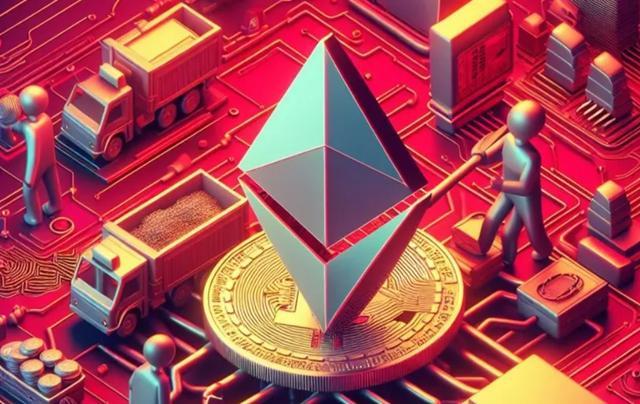
What is Ethereum? Knowledge when trading and investing in Ethereum
If Bitcoin pioneered blockchain technology as the first cryptocurrency, Ethereum expanded the decentralized digital currency platform by building a global network that underpins a connected marketplace of decentralized applications (dApps) and non-fungible tokens (NFTs).
Ethereum scales rapidly, improving efficiency for blockchain projects while ensuring decentralized security and fairness for industries globally. Come learn more about Ethereum with us.
Ethereum price today May 23, 2024:
1 Ethereum = 95,464,719.90 VND
1 Ethereum = 3,748.86 USD
The highest price in Ethereum’s history is 4,891.70 USD, established on November 16, 2021.
I. What is Ethereum?
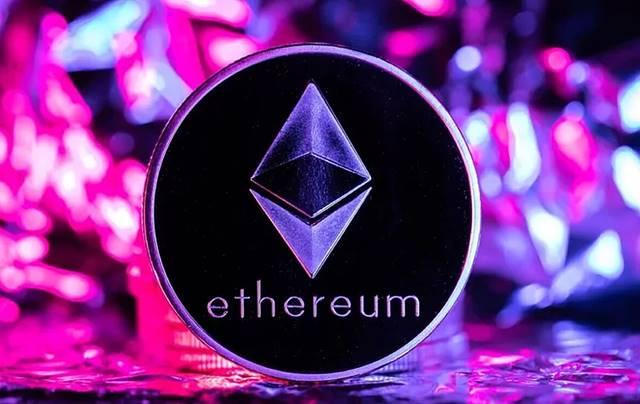
Ethereum is a decentralized global software platform powered by blockchain technology
Ethereum is a decentralized global software platform powered by blockchain technology. It is best known to investors for its native cryptocurrency, ether (ETH), and is used by developers in blockchain and decentralized finance application development.
Anyone can use Ethereum (designed to be scalable, programmable, secure, and decentralized) to create any secure digital technology. Its token is designed to pay for work done supporting the blockchain, but participants can also use it for payments.
II. History of birth and development of Ethereum
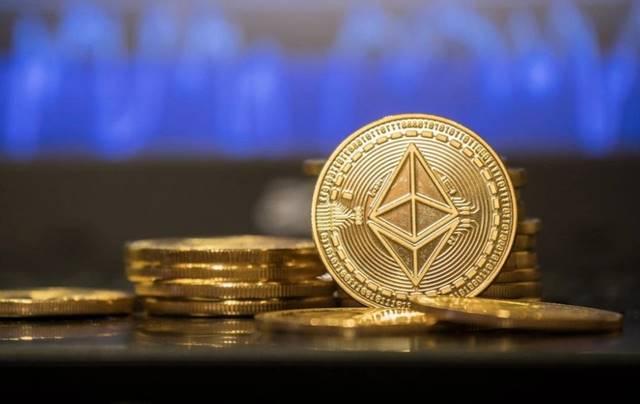
With Merge, the cryptocurrency moved to Ethereum 2.0 and switched from PoW to PoS consensus model.
Important milestones in Ethereum development include:
- 2013: Ethereum was first described in a white paper by Vitalik Buterin in late 2013 with the goal of developing decentralized applications. Buterin wants to improve blockchain application development so that real-world assets, such as property and stocks, can be attached to the blockchain. Buterin chose the name Ethereum partly because it contains the word ether, which refers to a hypothetical invisible medium that allows light to travel.
- 2014: Formal development of the software begins and EVM is specified in an article by Gavin Wood, then chief technology officer of Ethereum Switzerland GmbH.
- 2015: Ethereum creates the genesis block, marking the official launch of the platform.
- 2018: Ethereum took second place after Bitcoin in terms of market capitalization.
- 2021: A major network upgrade, called London, includes Ethereum Improvement Proposal 1559 and introduces a mechanism to reduce transaction fee volatility. ETH price rose to an all-time high of $4,865.57 in November 2021.
- 2022: With Merge, the cryptocurrency moved to Ethereum 2.0 and switched from PoW to PoS consensus model.
III. How Ethereum Works
1. Blockchain technology
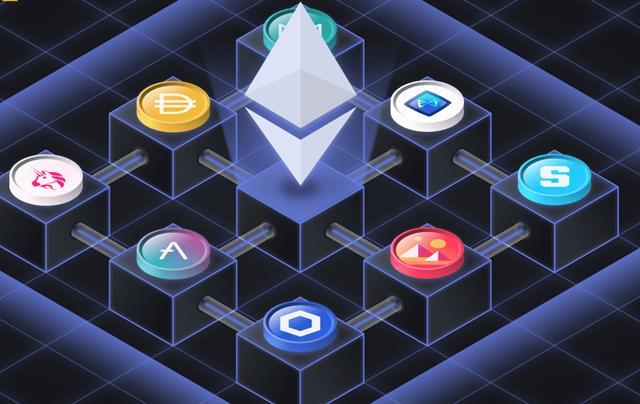
Ethereum uses blockchain, which is a distributed ledger (like a database)
Ethereum uses blockchain, which is a distributed ledger (like a database). Information is stored in blocks, each block containing encrypted data from the block before it and new information. This creates an encrypted string of information that cannot be changed. Throughout the entire blockchain network, an identical copy of the blockchain will be distributed.
2. Verify proof of stake
Proof of stake differs from proof of work in that it does not consume much energy. It uses a mature protocol called Casper-FFG and the LMD Ghost algorithm, combined into a consensus mechanism called Gasper. Gasper monitors consensus and determines how validators receive rewards for work or are punished for dishonesty or lack of activity.
3. Burn ETH
Dishonest validators will be punished by having their staked ETH burned and removed from the network. “Burning” is the term for sending cryptocurrency to wallets that do not have private keys, effectively taking it out of circulation.
4. Wallet
Ethereum owners use wallets to store ether. A wallet is a digital interface that allows you to access your cryptocurrencies. Your wallet has an address, which can be thought of as an email address because it’s where users send ether, just like they send emails.
IV. What purposes can Ethereum be used for?
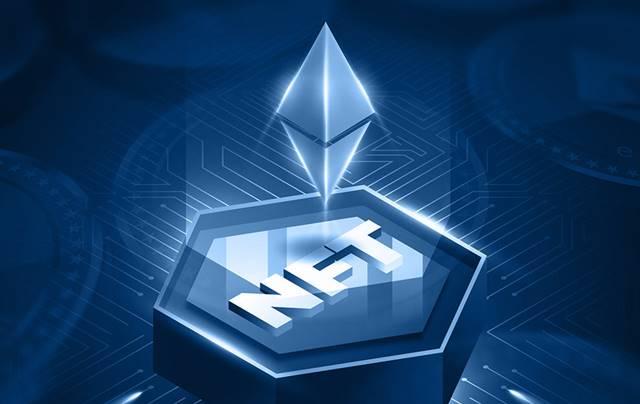
You can create a unique non-replicable token (NFT)
The use of smart contracts, which are pieces of code written on the blockchain, has allowed people to build all kinds of applications, including:
- Stablecoin: is a cryptocurrency that maintains its value against a fiat currency such as the US dollar. There are a number of mechanisms you can use to maintain that value that the smart contract can execute.
- Loan application: You can write a smart contract to enforce the terms of the loan: interest rate, term, loan repayment method, etc. This can make it easier for people to borrow money and individuals can borrow money directly and gain more interest.
- Decentralized exchange: You can directly exchange a token built on Ethereum for any other Ethereum-based token with minimal fees.
- NFT: You can create a unique token that cannot be copied, called a non-fungible token or NFT. The token can represent anything from a work of art or the deed to a house.
V. Advantages of Ethereum
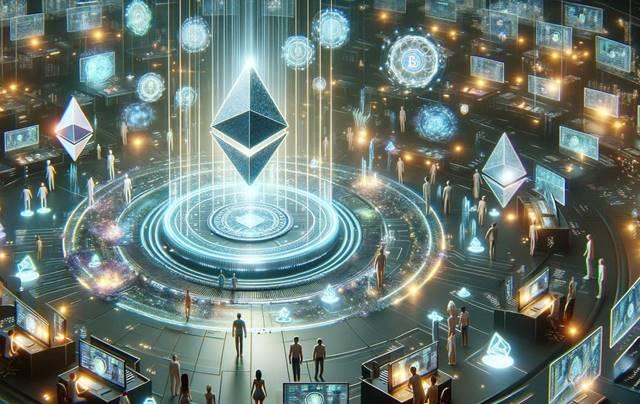
The benefit of Ethereum is a network that has been tested over many years of operation
- Large, Existing Network: The benefit of Ethereum is a network that has been tested over many years of operation and has billions of valuable transactions. It has a large and dedicated global community as well as the largest blockchain and cryptocurrency ecosystem.
- Many functions: Ethereum can process financial transactions, execute smart contracts, store data for third-party applications.
- Continuous innovation: A large community of Ethereum developers is constantly looking for new ways to improve the network. “Because of Ethereum’s popularity, it tends to be the preferred blockchain network for new and exciting (and sometimes risky) decentralized applications,” Avital said.
- Avoid intermediaries: Ethereum’s decentralized network promises to allow users to eliminate third-party intermediaries, banks as intermediaries in financial transactions, or third-party web hosting services.
BECAUSE. Statistics about Ethereum
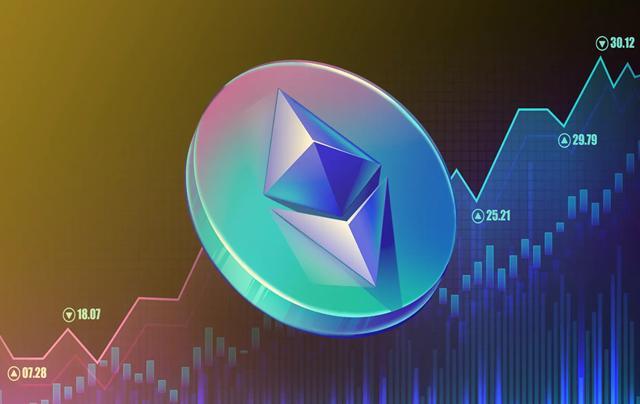
Total Ethereum (sum of all available Ethereum): 130,729,173 ETH
Total Ethereum (sum of all available Ethereum): 130,729,173 ETH
Market capitalization (market value of all available Ethereum): $419,286,730,949
Ether price on April 23, 2024: 1 ETH = 3,207.29 USD
Block Time (average time between blocks): 12.1 seconds
Block number on April 23, 2024: 19,715,047
Block size: 94.45 KByte
The block lasts 24 hours: 7,144
VII. Distinguish between Ethereum and Ether
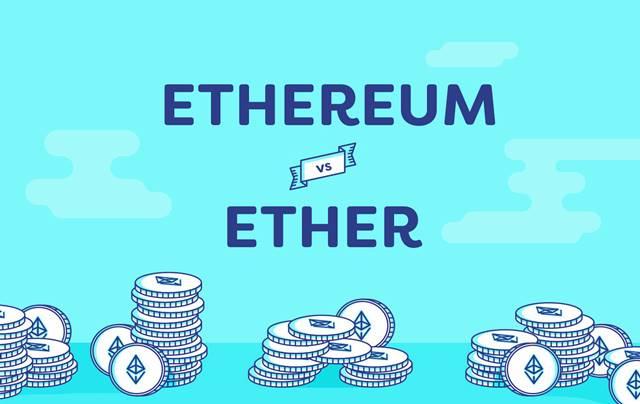
Ether (ETH) is the native cryptocurrency of Ethereum.
| Ethereum | Ether |
| Ether (ETH) is the native cryptocurrency of Ethereum. It is bought and sold using the Ethereum platform. It is one of many cryptocurrencies that can be traded using the Ethereum network. It is also used to reward miners when they add blocks to the blockchain. | Ethereum is a blockchain-based network. This is a platform that developers can use to build applications and program smart contracts that underpin virtual currencies. Like blockchain, it can be used for many different types of applications, including some financial uses. |
VIII. Compare Ethereum with Bitcoin
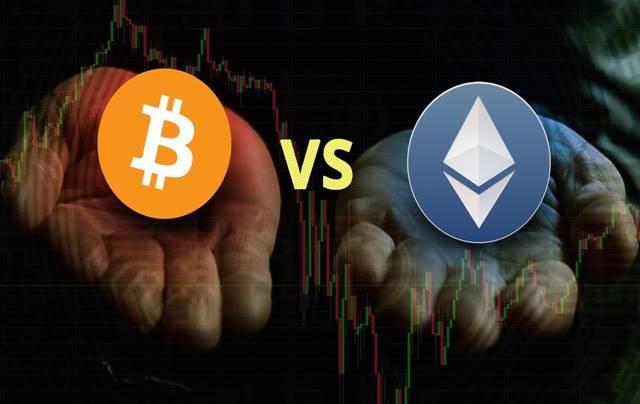
Ethereum runs Ethash, Bitcoin runs Secure Hash Algorithm 256 (SHA-256) algorithm encryption
| Ethereum | Bitcoin | |
| Purpose | Positioning itself as a distributed virtual computer on which applications can be developed | Created solely to support bitcoin cryptocurrency as a payment method. |
| Quantity | There is no limit to the amount that can be created, although the time it takes to process an ETH block limits the amount that can be created each year. The number of Ethereum coins in circulation as of April 2024 is just over 120 million. | The maximum that can be put into circulation is 21 million |
| Transaction processing fee | These fees, called gas on the Ethereum network, are paid by participants in Ethereum transactions and burned by the network. | Fees associated with Bitcoin transactions are paid to Bitcoin miners. |
| Proof-of-stake consensus mechanism | Ethereum, as of April 2024, uses a proof-of-stake consensus mechanism | Bitcoin uses an energy-intensive proof-of-work consensus mechanism that requires miners to compete for rewards. |
| Encoding type | Ethereum runs Ethash | Bitcoin runs the Secure Hash Algorithm 256 (SHA-256) encryption algorithm. |
IX. Instructions for trading Ethereum
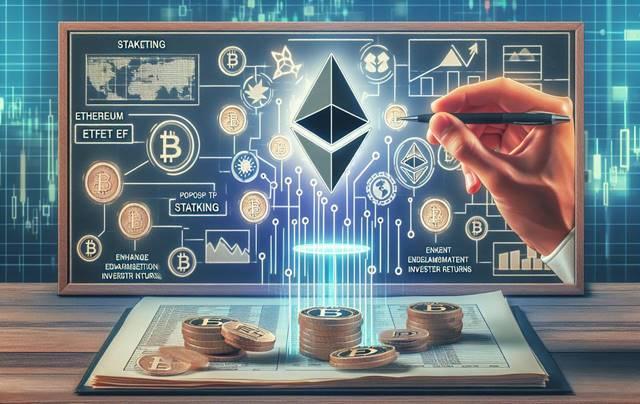
Once you have funded your account, you can use it to buy Ether
How to trade Ethereum is as follows:
- Choose a cryptocurrency exchange
- Deposit fiat money: You can deposit cash to your trading platform or link your bank account or debit card to buy Ether.
- Buy Ether. Once you have funded your account, you can use it to buy Ether at the current Ethereum price along with other assets. Once you have Ether, you can hold, sell, or exchange for other cryptocurrencies.
- Wallet usage: While it is possible to store Ether in an exchange’s technical wallet, this can be a security risk. Another option is to transfer Ether that you don’t intend to sell or trade anytime soon to another digital wallet or cold wallet not connected to the internet for safety.
X. How to mine Ethereum?

Ethereum mining can be done in many ways
Mining Ethereum can be done by:
- Solo Mining: With this method, you are solely responsible for finding new blocks, validating transactions, and receiving the entire block reward. Solo mining means block-wide rewards, no pool fees, and high resource requirements along with less frequent rewards
- Pool Mining: Allows miners to combine their resources and increase their chances of finding a solution. By combining the computing power of multiple miners, the mining pool can solve blocks more frequently and distribute rewards to participants. Mining pools typically charge a small fee (usually 1-2%) from the rewards. Pool mining means regular rewards and lower resource requirements, but requires pool fees and has common rewards.
- Cloud mining: You rent computing power from a cloud mining company. The company runs the mining operations and you receive a portion of the rewards based on the amount of electricity you rented.
Ethereum is essential to the cryptocurrency space as it is the foundation for dapps and smart contracts. Its innovative approach to creating a decentralized computer network on blockchain has the potential to change the way we interact with technology and conduct transactions. As Ethereum continues to grow and develop, how the platform shapes the future of dap and the broader world of blockchain technology will be interesting to watch.

